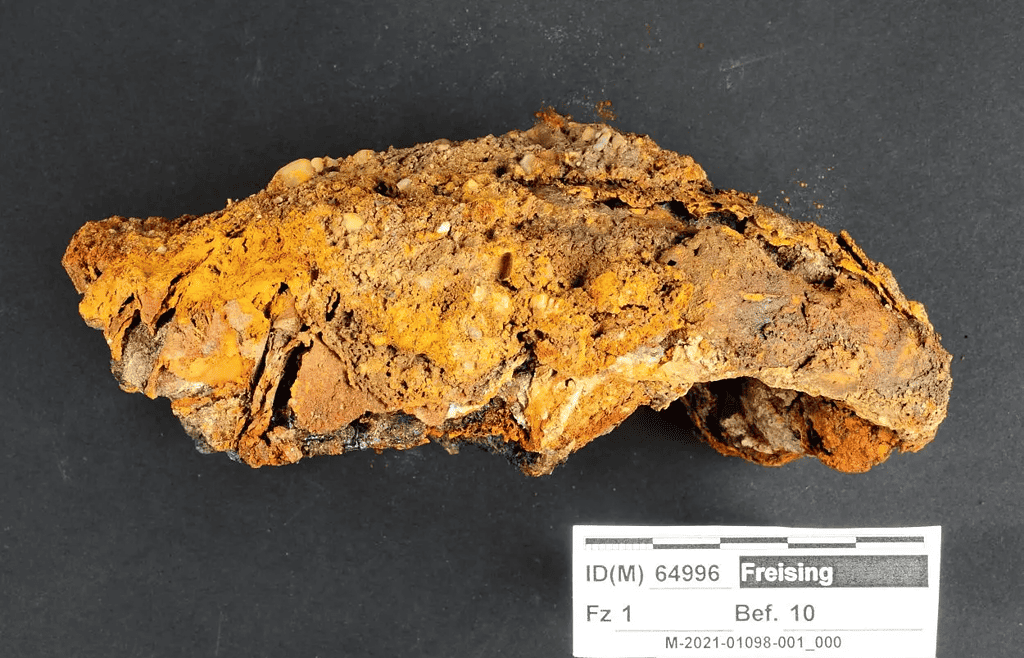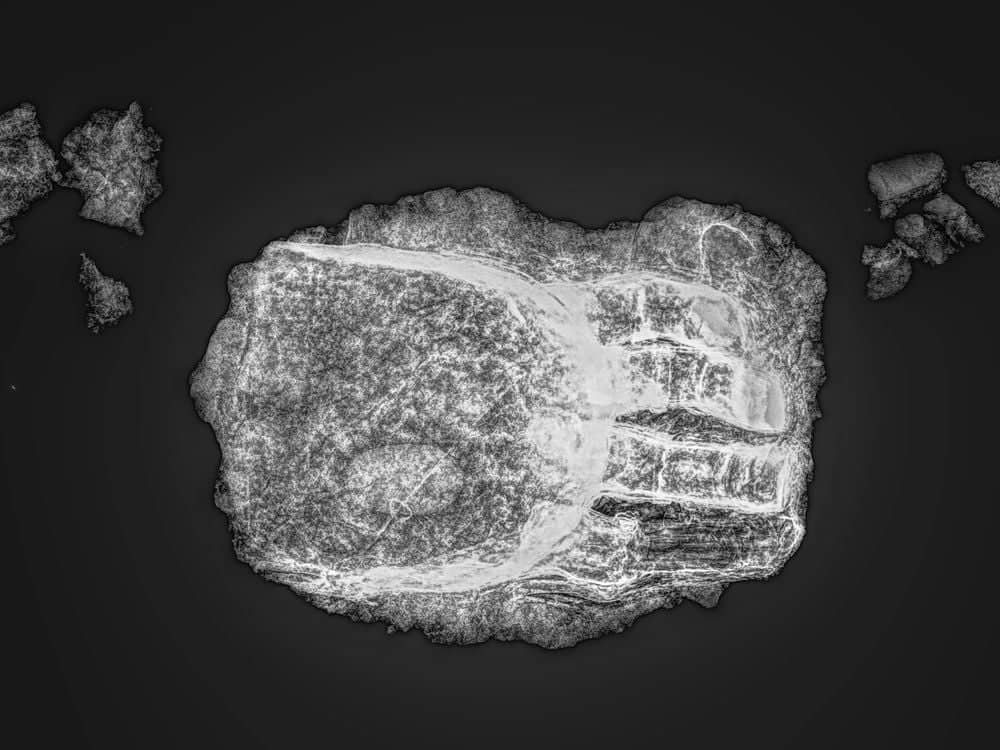
Even for experienced archaeologists, this finding is truly something special. Researchers working in Germany found a skeleton with a prosthetic hand attached to its left arm, replacing fingers that had likely been amputated. Workers doing pipe maintenance were the first ones to find the skeleton in a grave in the town of Freising.
Middle Age prosthetics
Radiocarbon dating of the skeleton revealed that the man wearing the prosthesis was between 30 and 50 years old at the moment of his death, which likely happened between 1450 and 1620. This means, the researchers said, that even at that time, people were already thinking about how to make life easier for amputees.
Believe it or not, this isn’t the first Middle Age prosthetic ever discovered, and it’s not the oldest either.
Around 50 comparable prostheses from the late Middle Ages or early modern period are currently known in Central Europe. These include both simple, immobile prostheses (like the one found in Freising) and those with mechanical components, such as the one used by the famous Bavarian knight Götz von Berlichingen after 1530.
“The hollow hand prosthesis of the left hand added four fingers. The index, middle, ring and little fingers are individually molded from sheet metal and are immobile. The finger replicas are slightly curved and lie parallel to each other,” Walter Irlinger, a member of the Bavarian State Office for Monument Preservation, said in a release.
The prosthetic had some scraps of fabric and leather attached to the metal fingers, suggesting that the fingers used to have a leaved cover and were attached to the man’s hand with straps. The researchers also spotted a gauze-like material inside the fingers, which might have been used to further protect the skin from contact with the metal.
A risky area
How the man lost his hand and what the prosthesis was used for is still a mystery to the researchers. Marks on the remaining left hand bones suggest that the fingers were amputated while the man was alive. The researchers also found a thumb bone cemented to the metal prosthetic, which indicates that the man kept his thumb.

The end of the Middle Ages and the early modern period saw many military conflicts in Central Europe, including on Freising. The city was the scene of several battles, such as the Thirty Years’ War (1618-1648). This presumably led to an increase in amputations and an increased demand for prostheses, such as the one that has now been found.
Prostheses have changed quite a bit since then. Metal and wood have been replaced with much lighter materials such as stainless steel and aluminium, and we’re even using 3D printers in the process. Scientists have even developed a prosthetic hand that enables users to feel touch and an inflatable one that allows users to do highly complex motions.









